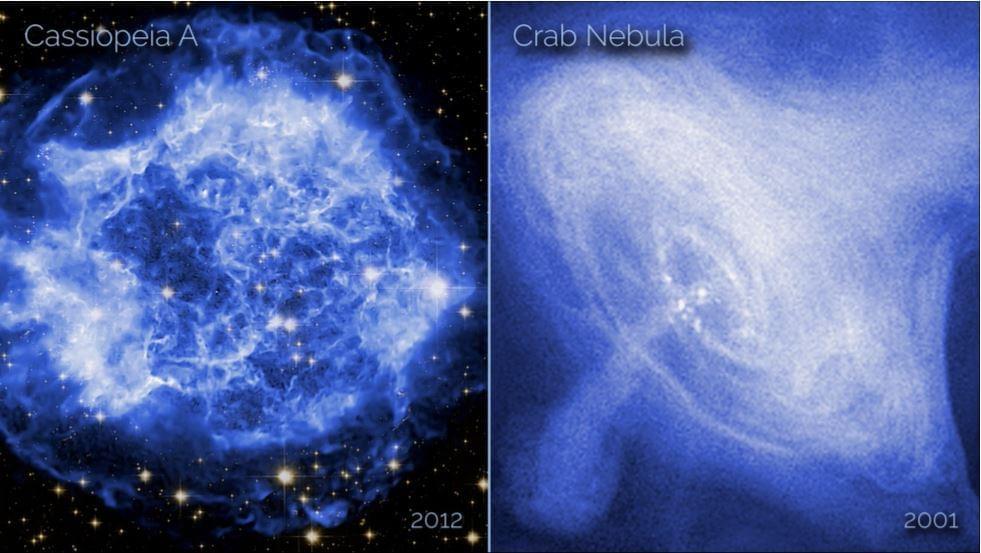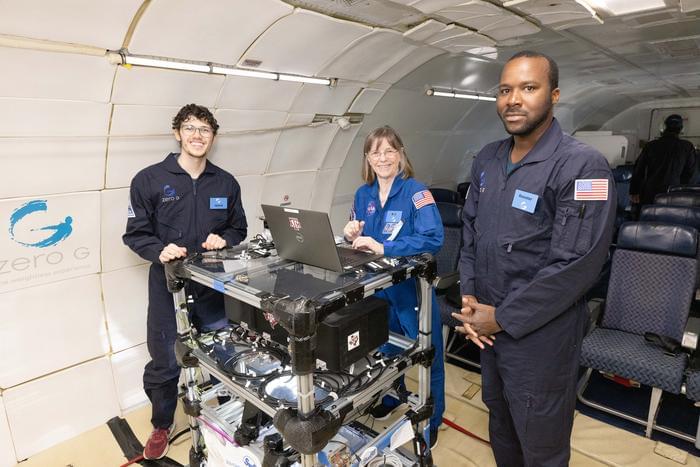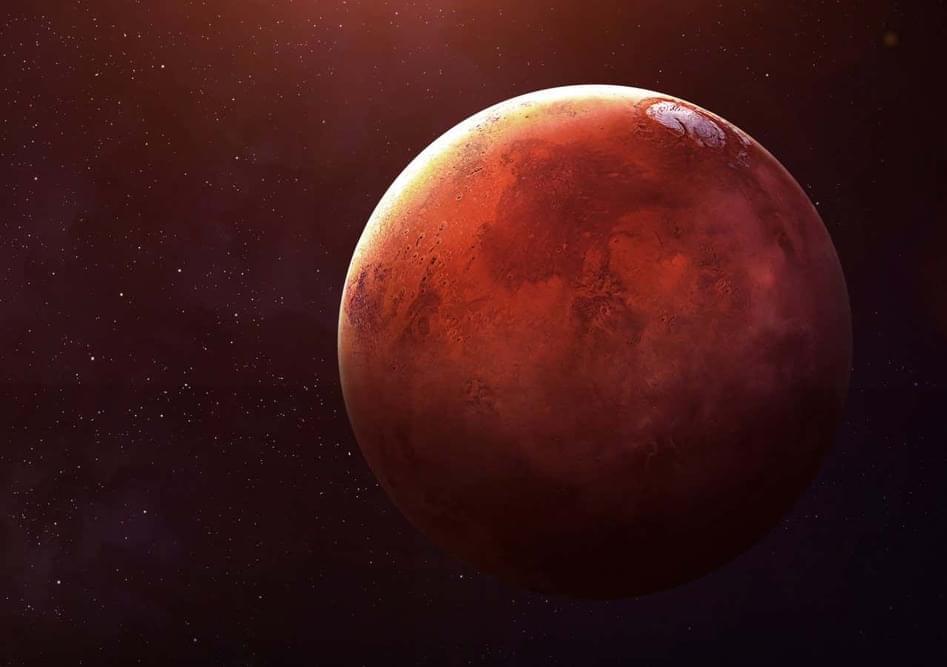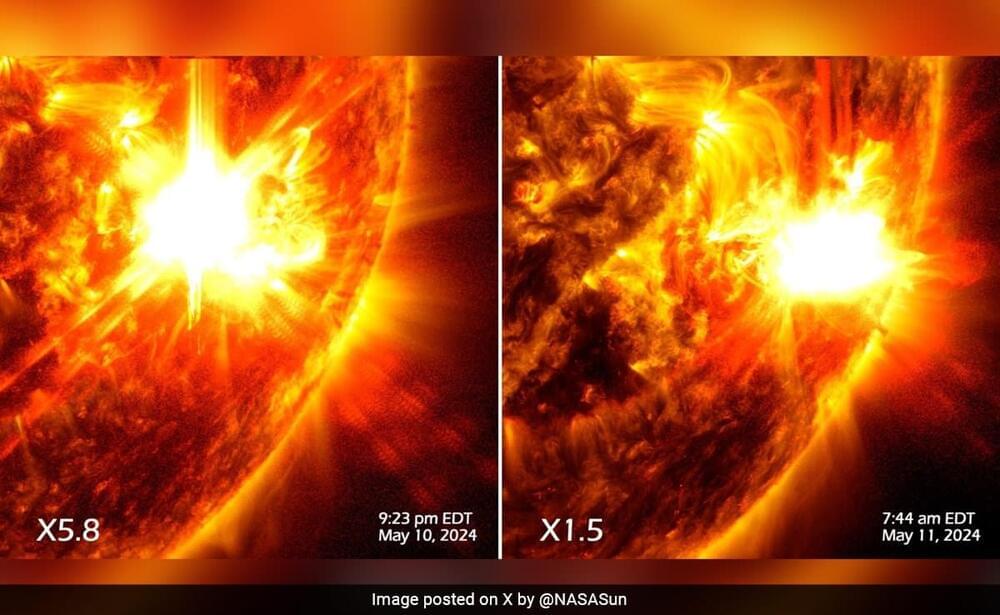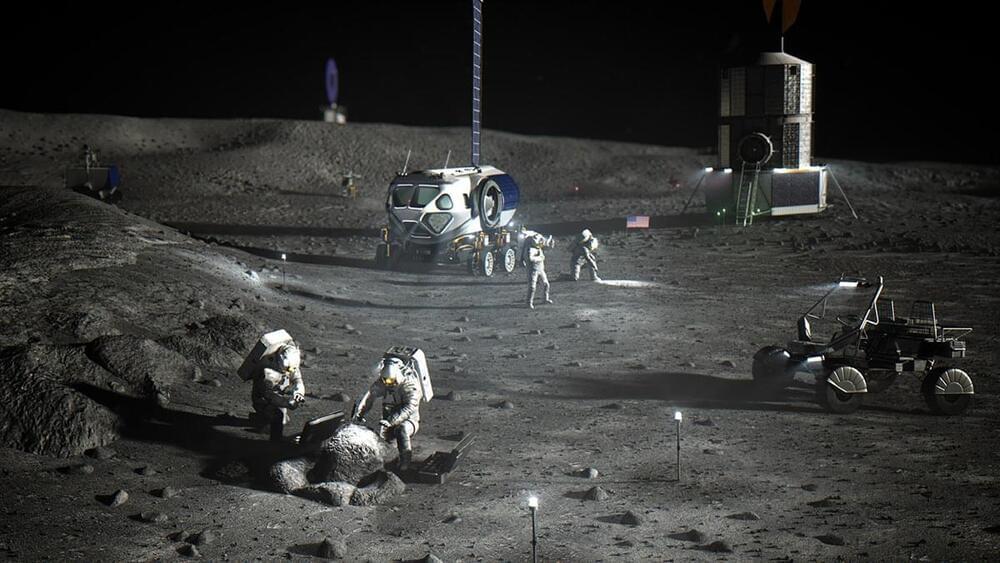Qualcomm’s Snapdragon X Elite will eventually face competition in the ARM-based AI chipset space from MediaTek and NVIDIA, who have reportedly joined forces to co-develop a new SoC whose design is said to be finalized in the third quarter of this year. The upcoming silicon is said to support advanced technologies, including being mass produced on TSMC’s 3nm process, with the new entrant possibly competing with Apple’s M4 when comparing lithography.
The unnamed chipset from MediaTek and NVIDIA is rumored to fetch a price of $300 per unit, likely due to leveraging advanced nodes and packaging technologies
With the AI PC segment estimated to grow massively by 2027, MediaTek and NVIDIA want to pounce on this opportunity, giving this category a healthy dose of competition. The Taiwanese fabless semiconductor manufacturer has already received praise from Morgan Stanley analysts for its Dimensity 9,300, so there is no question that the company’s chip-making prowess has a gold-standard label. Add NVIDIA to the mix, and we could see an SoC that overtakes the competition in graphics performance, though Economic News Daily has not mentioned this.

